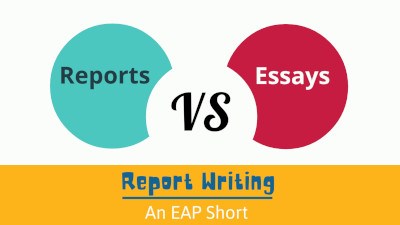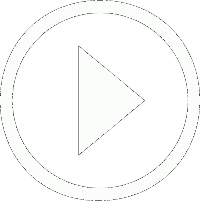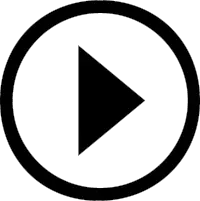Show AWL words on this page.
Show sorted lists of these words.


 







|
 Podcast is loading. Problems? Too slow? You can also access the Podcast by
clicking here.
Podcast is loading. Problems? Too slow? You can also access the Podcast by
clicking here.This message will disappear when then podcast has fully loaded.
Reports are a common academic genre at university. Although the exact nature will vary according to the discipline you are studying, the general structure is broadly similar for all disciplines. The typical structure of a report, as shown on this page, is often referred to as IMRAD, which is short for Introduction, Method, Results And Discussion. As reports often begin with an Abstract, the structure may also be referred to as AIMRAD.
Preliminaries
There are several parts which go at the beginning of the report, before the main content. These are the title page, abstract and contents page.
Title page
Your report should have a title page. Information which could be included on this page are:
- the title of the report
- the name(s) of the author(s)
- your student number(s)
- name of the lecturer the report is for
- date of submission
Abstract
Many longer reports will contain an abstract. This is like a summary of the whole report, and should contain details on the key areas, in other words the purpose, the methodology, the main findings and the conclusions. An abstract is not usually needed for shorter reports such as science lab reports.
Contents page
Many reports will contain a contents page. This should list all the headings and sub-headings in the report, together with the page numbers. Most word processing software can build a table of contents automatically.
Introduction
The first section of your report will be the introduction. This will often contain several sub-sections, as outlined below.
Background
There should be some background information on the topic area. This could be in the form of a literature review. It is likely that this section will contain material from other sources, in which case appropriate citations will be needed. You will also need to summarise or paraphrase any information which comes from your text books or other sources.
Theory
Many reports, especially science reports, will contain essential theory, such as equations which will be used later. You may need to give definitions of key terms and classify information. As with the background section, correct in-text citations will be needed for any information which comes from your text books or other sources.
Aims
This part of the report explains why you are writing the report. The tense you use will depend on whether the subject of the sentence is the report (which still exists) or the experiment (which has finished). See the language for reports section for more information.
Method
Also called Methodology or Procedure, this section outlines how you gathered information, where from and how much. For example, if you used a survey:
- how was the survey carried out?
- how did you decide on the target group?
- how many people were surveyed?
- were they surveyed by interview or questionnaire?
If it is a science lab report, you will need to answer these questions:
- what apparatus was used?
- how did you conduct the experiment?
- how many times did you repeat the procedure?
- what precautions did you take to increase accuracy?
Results
This section, also called Findings, gives the data that has been collected (for example from the survey or experiment). This section will often present data in tables and charts. This section is primarily concerned with description. In other words, it does not analyse or draw conclusions.
Discussion
The Discussion section, also called Analysis, is the main body of the report, where you develop your ideas. It draws together the background information or theory from the Introduction with the data from the Findings section. Sub-sections (with sub-headings) may be needed to ensure the readers can find information quickly. Although the sub-headings help to clarify, you should still use well constructed paragraphs, with clear topic sentences. This section will often include graphs or other visual material, as this will help the readers to understand the main points. This section should fulfil the aims in the introduction, and should contain sufficient information to justify the conclusions and recommendations which come later in the report.
Conclusion
The conclusions come from the analysis in the Discussion section and should be clear and concise. The conclusions should relate directly to the aims of the report, and state whether these have been fulfilled. At this stage in the report, no new information should be included.
Recommendations
The report should conclude with recommendations. These should be specific. As with the conclusion, the recommendations should derive from the main body of the report and again, no new information should be included.
Reference section
Any sources cited in the text should be included in full in the reference section. For more information, see the reference section page of the writing section.
Appendices
Appendices are used to provide any detailed information which your readers may need for reference, but which do not contain key information and which you therefore do not want to include in the body of the report. Examples are a questionnaire used in a survey or a letter of consent for interview participants. Appendices must be relevant and should be numbered so they can be referred to in the main body. They should be labelled Appendix 1, Appendix 2, etc. ('appendices' is the plural form of 'appendix').
The diagram below summarises the sections of a report outlined above.
|
Main body
| |
|
End matters
|
Checklist
There is a downloadable checklist for reports (structure and language) in the writing resources section.
Next section
Find out about report language in the next section.
Previous section
Read the previous article about writing reports.






